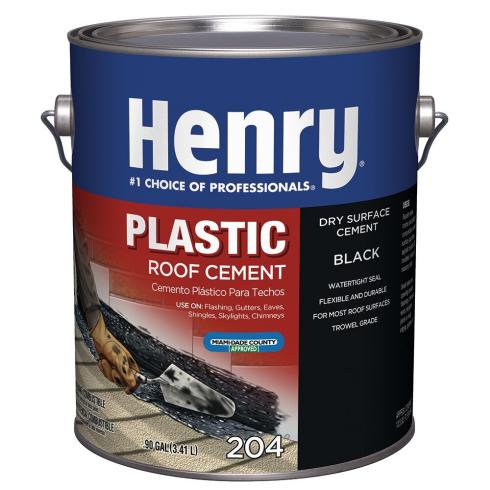Roof cement see roof flashing cement.
Flashing cement v roofing cement.
A smooth heavy trowel consistency which will readily spread on and adhere to vertical and horizontal surfaces without sagging.
You can lift up a shingle that s become askew glide the roof cement onto the rooftop sheathing and repair the dislocated shingle.
That s a mere 14 days through the roof was still going strong and staying clear.
Summer semi and winter.
Roof patching compound generic term for both coatings and trowel on or caulk gun applied roof repair products.
Set your store to see local availability compare.
It does all that.
Roof cement is a thick black paste like adhesive that s typically used to apply individual roofing shingles.
When patching a roof blister open the blister and allow it to dry thoroughly before applying roof cement.
Siliconizer white elastomeric crack filler.
Matrix 202 sbs flashing cement is a high quality asbestos free formulation for use as a cold applied bonding agent for sbs modified bitumen roof systems.
In our tests the roof cement products started showing failure after just 100 hours of exposure.
Karnak 19 flashing cement is available in 3 consistencies.
Excellent adhesion to masonry steel cured concrete shingles asphalt roofing and a variety of other surfaces.
The henry company he208004 roof cement is perfect if you need to make your typical roof repair such as fixing a hole flashing chimneys pipe collars or skylights.
Roof cement comes in cans and provides a quick fix for individual shingle replacements and repairs.
Apply cement up to 1 2 inch thick when sealing flashing.
If you have ever discovered a leak in a roof while it was pouring out you will find that most roof cement.
Neoprene flashing cement roof sealant 12 piece case model 1329 ga 92 00 case 92 00 case out of stock online.
Henry company he208004 wet surface plastic roof cement.
Karnak 19 flashing cement is a general purpose cement for repairing leaks in shingles concrete metal or asphalt roofs flashings on walls chimneys flues downspouts and cornices.
Believe it or not 2000 hours of uv exposure is what a typical roof will endure during the hottest months of april through september.

